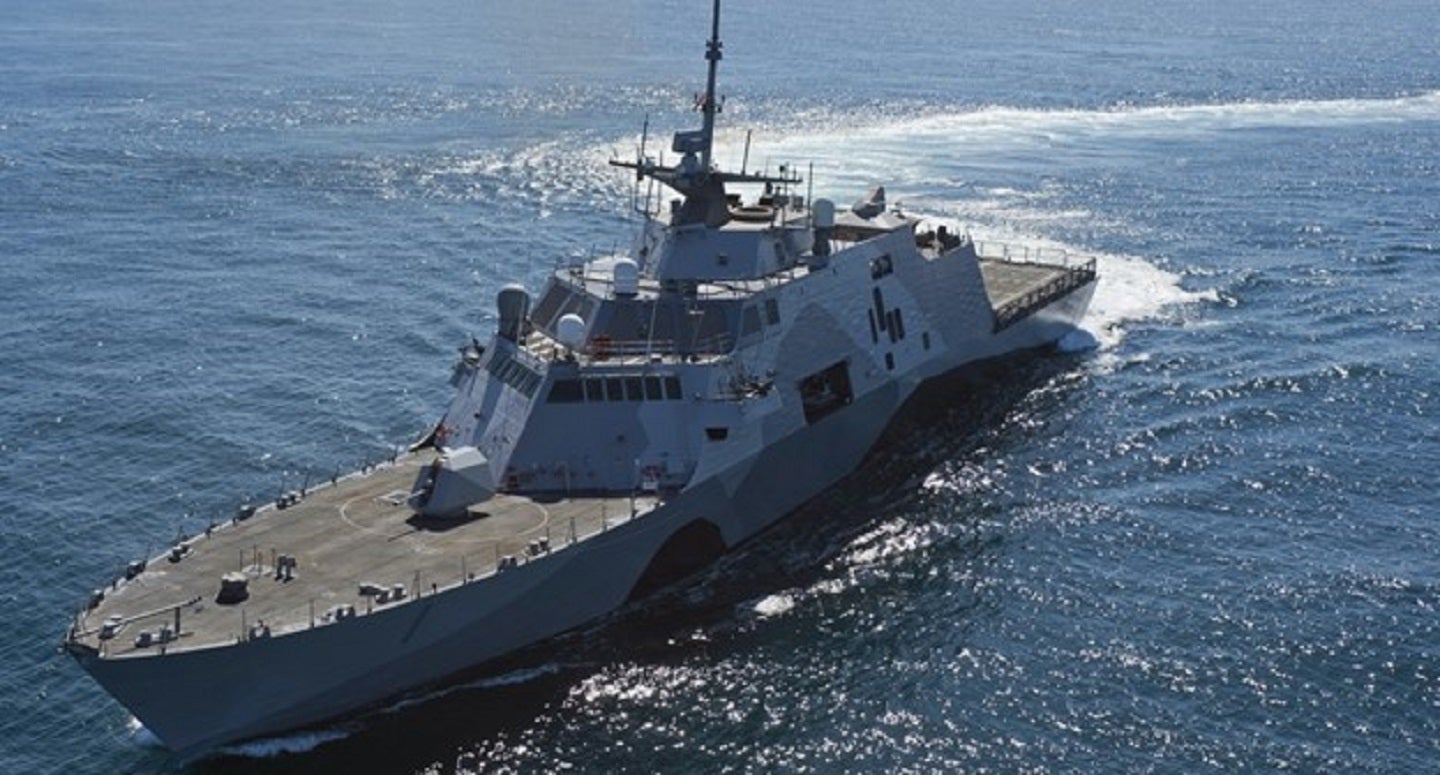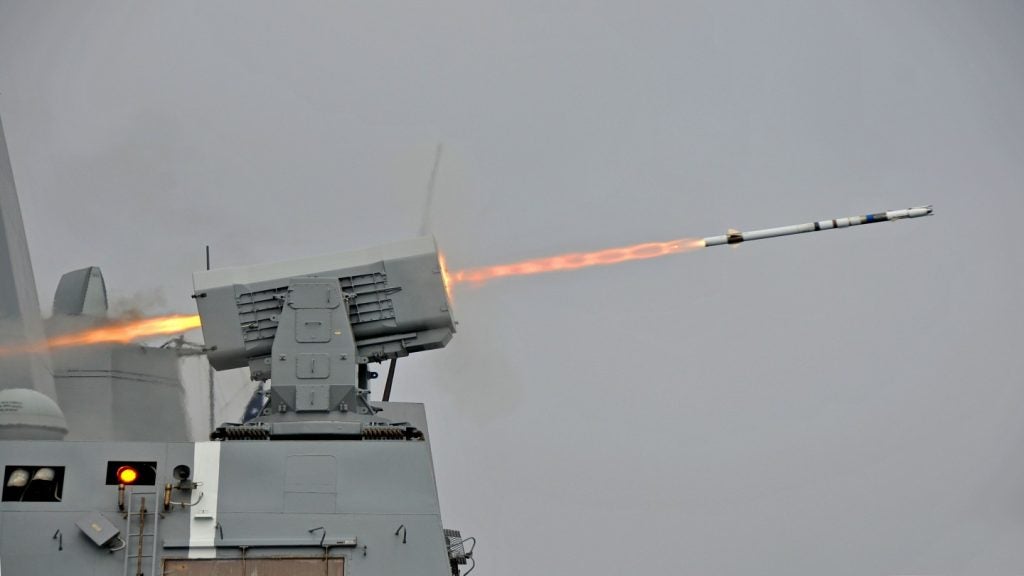
In a recent letter to Greek Prime Minister Kyriakos Mitsotakis, the US Secretary of State Antony Blinken said he was inclined to expand the two nation’s security partnership with the supply of additional platforms and defence items, most notably four Littoral Combat Ships (LCS).
The Greek Government are eager to modernise the Hellenic Armed Forces, to which the US is a staunch supporter and contributor. Besides the LCS, the letter also referred to the supply of C-130H aircraft, 60 Bradley mechanised fighting vehicles and 40 F-35A Lightning II multi-role aircraft, an $8.6bn deal for which Congress was notified on 26 January 2024.
Of course, the capabilities of the Hellenic Navy are a priority for the Greek Government given it is a country situated on Nato’s southern flank comprising thousands of islands.
Currently, the Navy operates four La Combattante III-class corvettes, originally acquired in 1977-78, as well as four Meko-200HN-class frigates procured since the early 1990s. Other light combat vessels include the service’s nine Elli-class frigates purchased from as early as 1981.
Besides the confirmed LCS induction, Greece signed a deal with France in 2021 for the acquisition of Belharra-class frigates, due to cost $2.4bn (€2.2bn) over the course of 2023-33.
There will be two configurations for the vessels: ‘Standard 1’ which will be a lighter configuration that will not contain additional capabilities, and ‘Standard 2’ which will have a more advanced configuration including decoy launchers and missiles.
How well do you really know your competitors?
Access the most comprehensive Company Profiles on the market, powered by GlobalData. Save hours of research. Gain competitive edge.

Thank you!
Your download email will arrive shortly
Not ready to buy yet? Download a free sample
We are confident about the unique quality of our Company Profiles. However, we want you to make the most beneficial decision for your business, so we offer a free sample that you can download by submitting the below form
By GlobalDataGreece finally gains Freedom-class LCSs
There have been rumours circulating in defence circles that the Hellenic Navy would, at some point, receive US Navy (USN) LCSs, and the Greek Government has made their interest in the Freedom-class clear in numerous reports and statements.
Blinken’s own desire for the transfer of four LCSs to Greece, assuming the arrangement gains Congressional approval, is a step forward in the modernisation of the Hellenic Navy.
The LCS is a fast, highly manoeuvrable, networked surface combat ship designed to meet the urgent requirement for shallow-draft vessels to operate in the littoral (coastal waters) to counter growing potential ‘asymmetric’ threats of coastal mines, quiet diesel submarines and the potential to carry explosives and terrorists on small, fast, armed boats.
The Lockheed Martin Freedom-class design is a high-speed, semi-planing mono-hull. The General Dynamics Independence-class design is a trimaran with a slender stabilised mono-hull.
Enduring problems with Freedom-class
Both the Freedom and Independence LCS variants remained “operationally unsuitable due to low reliability and availability caused by propulsion failures,” according to USN sources.
Originally, the USN hoped to operate 32 LCS units, however the service has reduced the fleet to 23 ships.
According to the Congressional Budget Office, citing the Navy’s 2024 Shipbuilding Plan, the number of LCSs have fallen with seven ships retiring over the next three years in addition to the 4 retired in 2023; all of the ships to be retired would be less than 10-years-old.
According to the 2024 plan, the number of small surface combatants would roughly double, by 2053, to a force of 44.
That would put the size of the force near the middle of the ranges in the Navy’s recent analyses of its future fleet—a larger force, for example, than envisioned in the 2022 shipbuilding plan but a smaller one than in the 2020 Future Naval Forces Study, as reported in the December 2020 plan.








